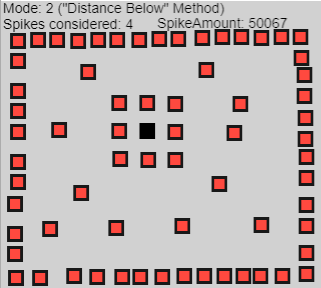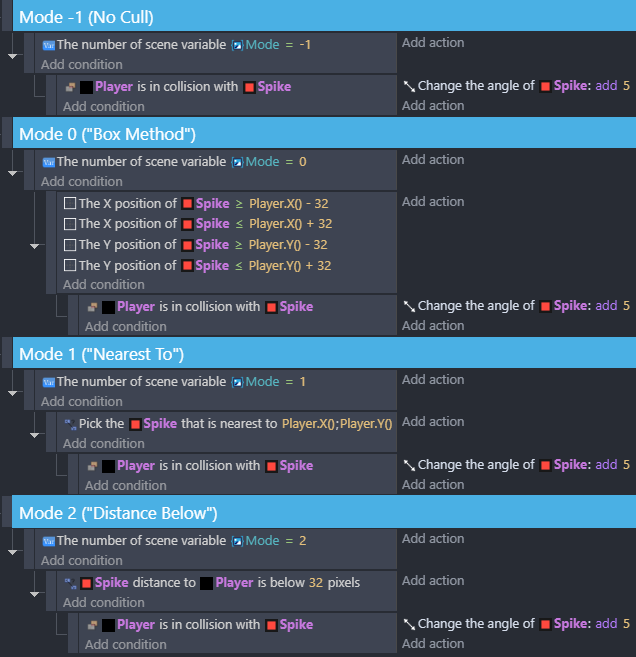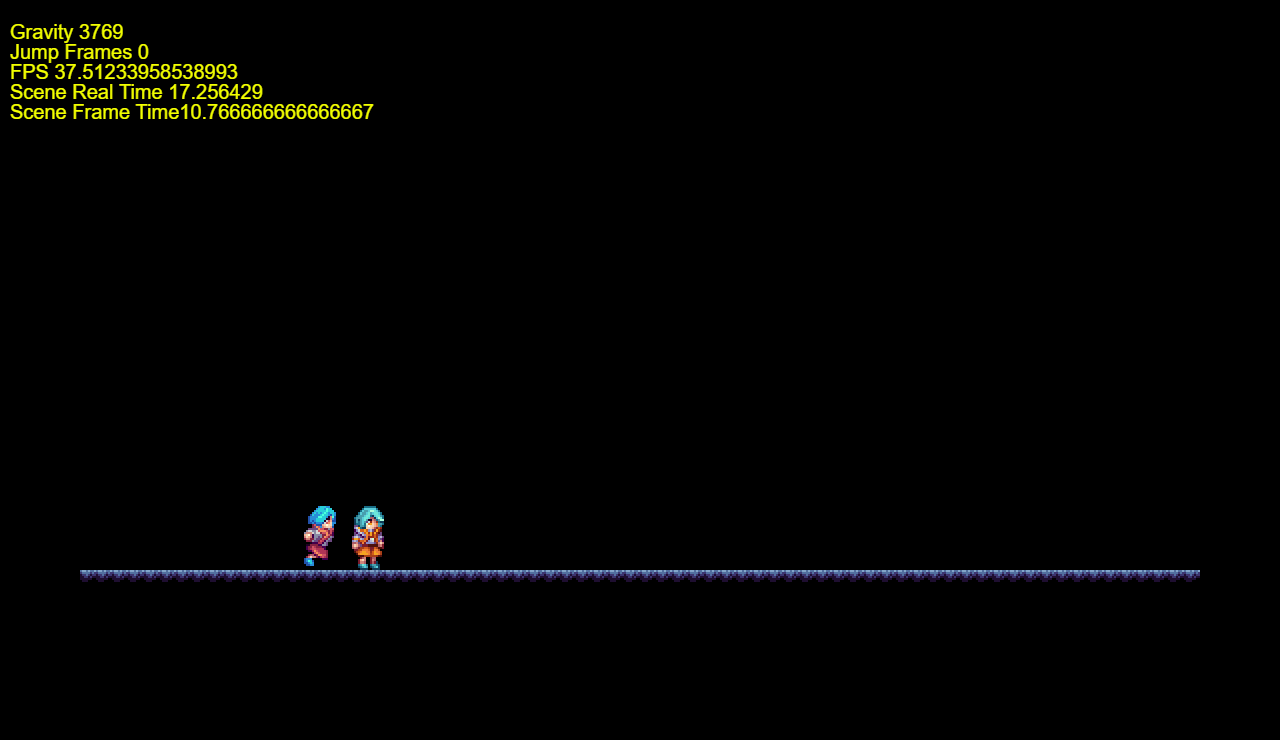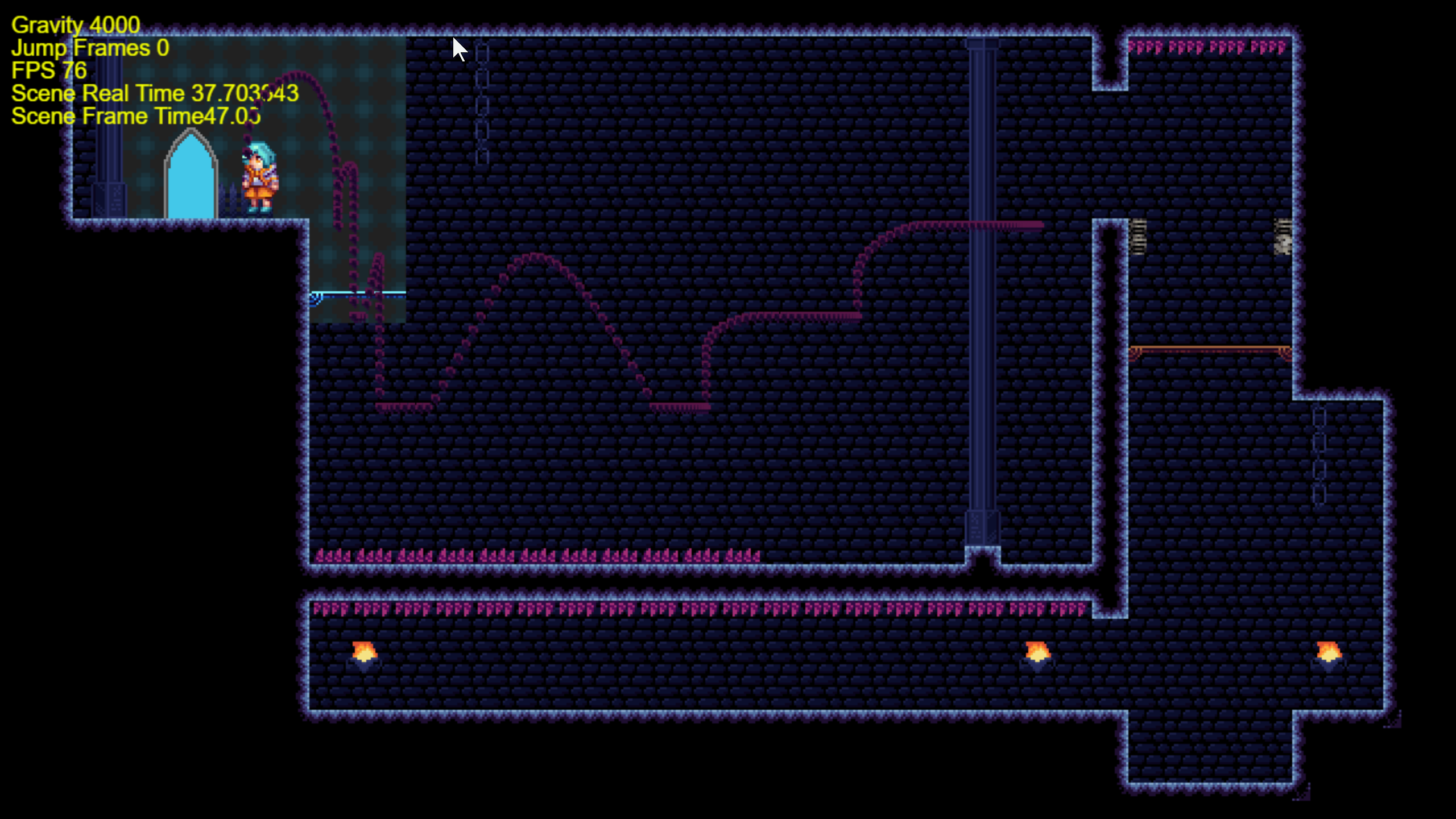Thank you so much for taking the time to write this wonderful feedback!
Music is my specialty, so I'm glad that in this part I was able to surprise so positively. This is the first game I program, before that just a more complex prototype that still doesn't have stage 1 complete haha
Commenting on the project in a livestream, people in the chat who know a little more about programming than I do, commented about timeDelta. In this project, NOTHING is being checked by timeDelta (although I am using some timers), for me it was just another way to solve things, but after studying a little, I realized that implementing things by timeDelta is fundamental in many cases .
The collision is being checked every frame, but only with the closest enemy for contact with the player, and only the group of nearby enemies for contact with the blade (while it exists). My gut says skimping on collision per frame is wrong, but maybe my instinct is wrong.
Even with these points, this almost supernatural variation in performance is something very strange. One day, the game was normal at 10 am, already at 4 pm it started to slow down to the point where I couldn't even get past stage 1 (note: same hardware, same session), and after that, it never returned to performance from before. There's something very strange going on. I even created a topic here on JAM, and on the Gdevelop forums, about this subject.
As much as I correct everything with deltaTime, I still find this abrupt variation in performance on the same hardware very bizarre, and that, in a way, made me insecure eith Gdev.
I will continue to update the project, my intention is to make it a salable game! Thanks again.










